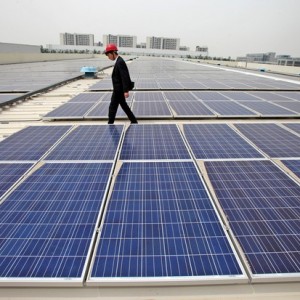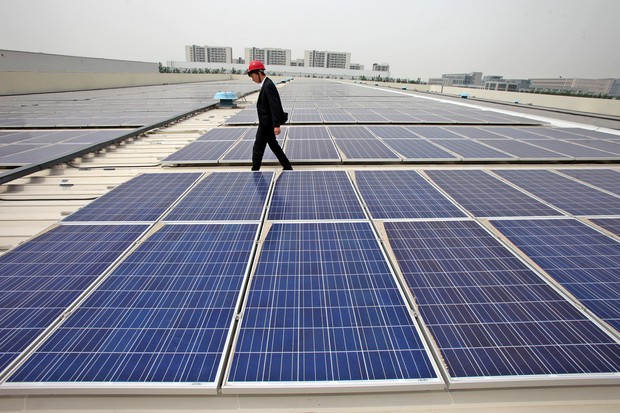China is aggressively working to accelerate its deployment of distributed rooftop solar systems with new financing and new incentives similar to solar leasing schemes.
China’s Solar Boom
A policy document was released recently by the Chinese National Energy Administration which earmarks extra subsidies for public and rural buildings. China’s plan for 2014 is to add 8 gigawatts of distributed solar power and 6 gigawatts of utility-scale photovoltaics. Achieving this 14 megawatt goal can enable China to get ahead of Japan’s total deployment of solar power. This will also make China the global leader in the solar boom in terms of production and demand.
Greentech Media believes that China will finish the year with 11 megawatts of photovoltaics, closely followed by Japan, and the United States bringing up the third spot. With these developments, analysts believe that the solar leasing model that dominated the market for solar rooftop in the United States could soon become popular in China. A solar boom will be the natural result if the Chinese government continues to induce more households and private enterprises to install solar systems.
China’s National Energy Policy
The key policy of China’s National Energy Administration that was released recently promotes distributed solar generation through the installation of household, business rooftops and ground mounted solar plants up to 20 MW. This policy is the answer to the country’s need to accelerate the adoption of solar as an alternative to gas and coal which are both pollutants and expensive.
The country’s target for the current year is 13 GW of solar capacity. If this is goal is achieved, it will rival that of the world’s biggest market, Japan. But delays in the release of the policy could make the achievement of that target difficult. Whatever transpires, SolarBuzz as well as other analysts believe that China could achieve 100GW of solar capacity by 2018. This target is attainable considering the support being given by Narendra Modi, the new Prime Minister of India and energy bigwigs like Tata Power which risk losing billions of dollars from failed investments in what are known as “ultra-mega” coal plants, which many envisioned would support the country’s energy future.
The National Energy Administration of China which released the policy document is calling for all regions in China to focus on distribution generation, to reform and strengthen feed in tariffs, to provide further financial incentives and to fast track connections. The administration wants to install solar systems on public buildings, as well as affordable housings, motorways service areas, railway stations, transportation hubs, airports, parking lots, agricultural lands, major sports venues and so forth.
With the solar leasing scheme in place, this will induce a solar boom and boost the prospects of solar panel manufacturers in China including Yingli, Trinni, JinkoSolar, Canadian Solar, JA Solar, and other manufacturers that lends support to Chinese companies such as GT Advanced. To further encourage the manufacture, deployment and installation of solar systems, China set a tariff of 7 cents per kilowatt-hour for the projects.

